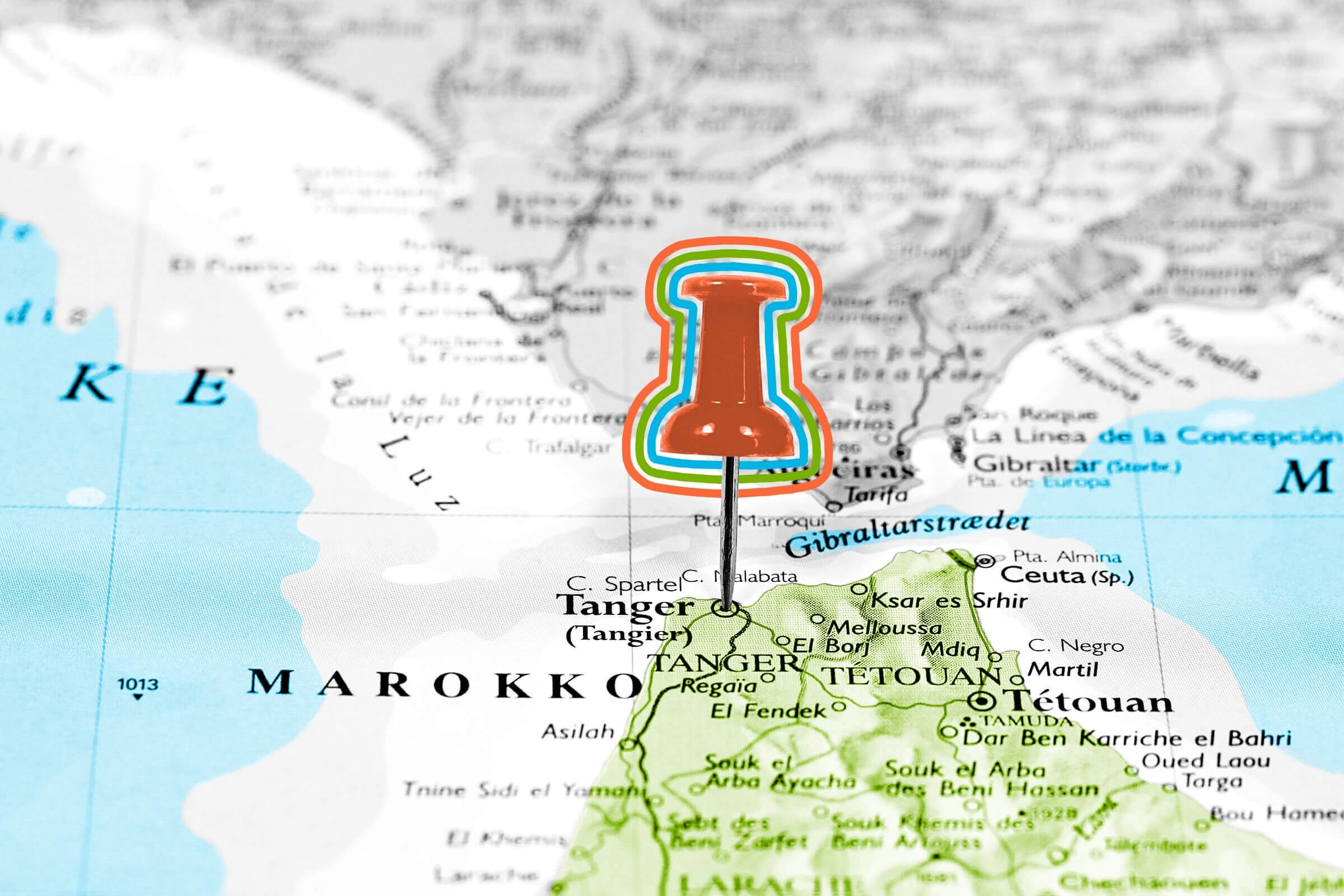
One of the only National Historic Landmarks outside the U.S. is in Morocco.
Since 1960, the National Historic Landmark program has marked around 2,600 locations of special significance to the foundation and development of the United States. The sites range from Independence Hall in Philadelphia to the Fresno Municipal Sanitary Landfill in California, and almost all locations are found within the U.S., its territories, or areas the U.S. used to control, such as the Federated States of Micronesia. Only one site lies in a completely sovereign nation that has never experienced any sort of U.S. administration — the north African country of Morocco.
Morocco was one of the first countries to recognize the U.S. as a sovereign nation, by order of Sultan Sidi Mohammed ben Abdallah on December 20, 1777. Due in part to the treaty of peace and friendship the two nations signed in 1786 (which created the longest unbroken diplomatic relationship in U.S. history), Morocco bestowed a sprawling mansion (now called the Tangier American Legation) upon the young nation in 1821. The mansion is situated in the medina, or walled city, in Tangier, which was once Morocco’s diplomatic capital. The building has served many purposes throughout the years, including acting as a consulate, espionage headquarters, and Peace Corps training facility. It became a historic landmark in 1982, and is still officially owned by the U.S., but is leased to the Tangier American Legation Institute for Moroccan Studies — which continues the nearly 250-year friendship between the two countries.
One of the greatest inventors in U.S. history is George Washington Carver, who dedicated his life to agricultural science and changed the world in the process. Born enslaved around 1864, Carver fought against overwhelming odds and institutional racism to receive a Bachelor of Science degree in 1894. He immediately put his inquisitive mind to use by developing myriad products using sweet potatoes, soybeans, and especially peanuts, creating products such as milk, cooking oils, cosmetics, and much, much more. Carver also created the Jesup Wagon, a kind of “moveable school” named after his New York financier, so he could share his discoveries and teach farmers about agricultural science topics such as crop rotation. Carver died in 1943 at the age of 78, and a grateful nation founded the George Washington Carver National Monument that same year in southwest Missouri — the first national monument dedicated to a Black person in the U.S. and the first to honor any non-President.

